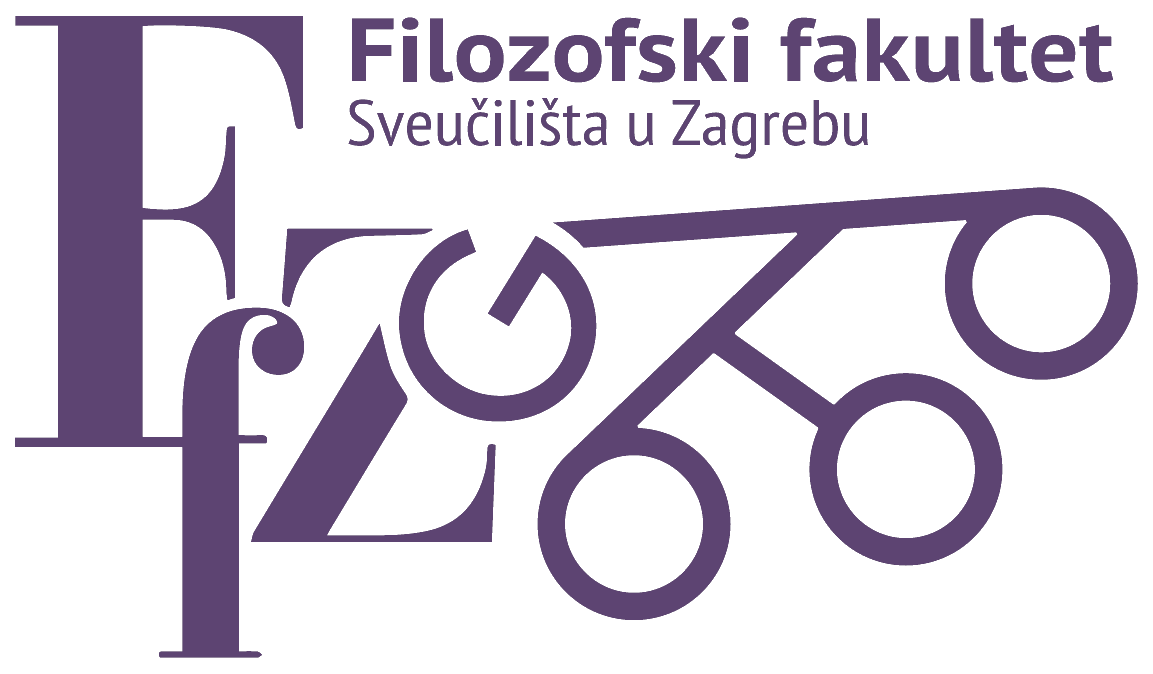31 to 40 of 50 Results
May 10, 2021 -
MegaRT: Lexical Decision Times for Croatian Words
R Source Code - 20.1 KB -
MD5: a2ddc5795b9583e80b3392143b1a2439
|
May 10, 2021 -
MegaRT: Lexical Decision Times for Croatian Words
R Source Code - 22.9 KB -
MD5: 0c39195db5b3d836a6575d3eaed068dc
|
May 10, 2021 -
MegaRT: Lexical Decision Times for Croatian Words
Unknown - 6.8 KB -
MD5: aa717124b9d0f89f8dc89f500250b069
|
May 10, 2021 -
MegaRT: Lexical Decision Times for Croatian Words
application/vnd.oma.drm.content - 169 B -
MD5: 856a702abd21f62e4c02e89e5abfac75
|
May 8, 2021 - (Re)building society: A longitudinal study of post-corona social recovery in Croatian general population (ReSPoC)
Tonković, Mirjana; Dumančić, Francesca; Jelić, Margareta; Čorkalo Biruški, Dinka, 2020, "Data for: Who believes in COVID-19 conspiracy theories in Croatia? Prevalence and predictors of conspiracy beliefs", https://doi.org/10.23669/CLYQHG, CROSSDA, V2, UNF:6:E+PpSvC03NrcmzR3DV7Tvw== [fileUNF]
The aim of this study was to simultaneously investigate a range of individual predictors of beliefs in COVID-19 conspiracy theories that account for socio-demographic characteristics (age, gender, education, economic standard, the importance of religion and political self-identif... |
May 8, 2021 -
Data for: Who believes in COVID-19 conspiracy theories in Croatia? Prevalence and predictors of conspiracy beliefs
Tabular Data - 181.8 KB - 76 Variables, 1060 Observations - UNF:6:E+PpSvC03NrcmzR3DV7Tvw==
|
Dec 10, 2020
The aim of the ReSPoC project is to investigate how (Croatian) society is going to look after the COVID-19 pandemic, i.e., how Croatian citizens perceive their current society and what kind of future changes they predict. Specifically, the project explores how individual characte... |
Dec 2, 2020
Jokić-Begić, Nataša; Lauri Korajlija, Anita; Mikac, Una, 2020, "Data for: Cyberchondria in the age of COVID-19", https://doi.org/10.23669/SIHKQ9, CROSSDA, V1, UNF:6:fpgzJJqlVzIFwEkvJbccPQ== [fileUNF]
The aim of this study was to examine how cyberchondria is related to changes in levels of COVID-19 concern and safety behaviours among persons living in Croatia during the period in which the first COVID-19 case was identified and when the country recorded its first fatality. Rep... |
Dec 2, 2020 -
Data for: Cyberchondria in the age of COVID-19
Tabular Data - 144.6 KB - 32 Variables, 1854 Observations - UNF:6:fpgzJJqlVzIFwEkvJbccPQ==
|
Sep 30, 2019 - E-Rudito: An Advanced Online Education System for Smart Specialization and Jobs of the Future
Pavlić, Matej; Vlašiček, Denis, 2019, "Data for: Demonstrating the Additional-Singleton Effect For Size", https://doi.org/10.23669/9CVMPN, CROSSDA, V1, UNF:6:aHU0AnU3GVGoYsqSibg8dw== [fileUNF]
Previous research within the additional-singleton paradigm mostly focused on the effect of colour or shape on attentional capture. In this study, we explore the effect of additional singletons which differ in size from other distractors. We demonstrate that the presence of an add... |

